Changes in the 502030 battery management system (BMS)
The trend of electric vehicles replacing fuel vehicles has been clear, and the entire industry has invested in batteries in an endless stream, with heavy bets repeatedly placed, but BMS has been relatively quiet and lackluster. However, as the number of power lithium batteries continues to increase, changes in BMS will gradually come. Before explaining the changes in BMS, let's first discuss the next general rule: the development path of complex products. Complex products refer to products with complex customer needs, complex product composition, complex product technology, complex manufacturing process, and complex use and management. Although BMS products do not meet all of the requirements, most of them are met, not to mention that there are still debates about how to achieve some functions and whether the methods are correct. From this perspective, it is a safe small and complex product. The development path of complex products mainly has three steps: 1. Functional satisfaction; 2. Enhanced scalability (connectivity); 3. Standardization. If the whole process is repeated, it means that the product has a long life cycle and can continuously absorb new technologies to meet or create new needs. Take mobile phones as an example. At the beginning, it was a big brother, an analog machine with few functions and only voice calls. The market was dominated by Motorola. Without the emergence of digital technology, analog phones would have basically reached the stage of standardization, with no updated functions and no connection to other devices. It would be a stage where a relatively stable market was still developing but the products were basically stagnant, the stage of feature phones. Fortunately, with the advent of digital technology, mobile phones began a new life journey. With SMS, MMS, and video calls, mobile phones are like octopuses, and began to develop multiple ways to connect with other mobile phones, and the scalability of products has been opened since then. After the emergence of the system, software functions were enhanced, new scalability emerged, and devices such as Bluetooth and cameras were integrated into mobile phones as standard. The dominant player at this time was Nokia and its Symbian system, the early stage of smart phones. With the touch screen and IOS system, Apple began to enter the mobile phone market. The emergence of APPSTORE connected mobile phones and developers. By establishing new scalability, software functions were greatly enriched, and mobile phones and other devices established a wider connection, further enhancing scalability. With the upgrade of scalability, Apple killed Nokia and entered the mid-stage of smart phones. When more scalability (connection) reaches a certain number, an ecosystem will emerge. Google followed suit and launched a more open Android system and Android market. The two ecosystems of IOS and Android are fighting fiercely. Since then, mobile phones have entered a relatively standardized stage. Software functions are still developing, and various APPs are constantly being updated, but the hardware functions have basically not changed. There are only two systems. The most introduced at the manufacturer's press conference are hardware performance and running scores. This is the mature stage of smart phones. From the development history of mobile phones, we can see that functions are the primary stage of product development, and scalability is the advanced stage of development. Of course, not all products need scalability. When scalability reaches a certain level, an ecosystem will emerge. The center or entrance of this ecosystem is a must-fight place for various companies. When it comes to the standardization stage, the overall situation is basically set for the product. However, with the emergence of new functions, if it can drive the update of scalability, the product will be newly evolved. There are two important factors that stimulate product evolution: the emergence of new technologies and major changes in the external environment of the product. The two are often complementary. At present, BMS is facing such a node. The number of new energy vehicles in China has increased from 20,000 in 2013 to 820,000 in 2017. 502030 battery production capacity has been continuously expanded, and the number of waste batteries has also increased rapidly. According to data from the China 502030 battery Alliance, the theoretical retired power batteries are expected to be 5.14GWh in 2018, and the theoretical retired power batteries will reach 48.09Gwh by 2023. The "Interim Measures for the Management of Recycling and Utilization of Power Batteries for New Energy Vehicles" will be officially implemented in August, requiring automobile manufacturers to assume the main responsibility, establish recycling channels, and carry out cascade utilization. At the same time, new energy subsidies have declined significantly year by year, and 502030 battery prices are falling. According to this trend, it is imperative for BMS to achieve full life cycle management of batteries, and the product evolution window has arrived. When there is no requirement for cascade utilization, the functional design of BMS revolves around electric vehicles. Its default premise is that once the 502030 battery pack is finalized, it will not change. The only connection object of BMS is a specific 502030 battery pack. Because the 502030 battery pack is specific, BMS is also customized. During the cascade utilization, for cost considerations, the 502030 battery pack cannot be disassembled to the level of a single 502030 battery cell. The most suitable method is to disassemble it into 502030 battery modules (multiple batteries in parallel) and then reorganize it on this basis. The BMS does not need to be customized again. It is best to reassemble the original parts to adapt to the new 502030 battery pack. It can be seen that there are three main differences when considering the requirements of cascade utilization: First, the 502030 battery pack will be broken up and reorganized. The capacity and number of 502030 battery modules in the new 502030 battery pack may change. The BMS is to connect to an unspecified 502030 battery pack, which requires the BMS to consider a general architecture at the beginning of the design, which can be easily expanded and installed; the second point is 502030 battery data. 502030 battery data is currently only in the hands of PACK and vehicle manufacturers. The cascade utilization requires the data to be open and users can also easily obtain it. From the perspective of scalability, this is the increase in the scope of connection; the third point is that the inconsistency between 502030 battery modules after reorganization will be significantly aggravated, which requires the active balancing function of the BMS to solve, and if it is also often discharged with large currents, the current capacity of active balancing must also have certain requirements. The external environment of BMS products has undergone major changes. The connection objects have changed from specific to non-specific. This change requires the functions of BMS to be able to meet the new needs. Judging from the current technical route, the solution of 502030 battery management dedicated IC cannot do this, and new technologies will inevitably appear. What cannot be predicted is the time when the new technology will appear, but what can be predicted is the direction of the new technology. If the new technology can successfully solve the problem of cascade utilization, it can also be determined that the standardization of 502030 battery modules will be established, and the application of power lithium batteries will be more extensive. According to the development path of complex products, BMS will also enter the standardization stage after this evolution, just like the compatible machine era in the history of PCs, a broader market is coming.
Read recommendations:
Coin Battery LR 1121
What are the four major product advantages of customizing solid-state lithium batteries?AG3 battery
What are the technical requirements for lithium iron phosphate battery packs?Nickel Hydride No. 5 ba
14500 battery manufacturer
AAA Ni-MH batteries
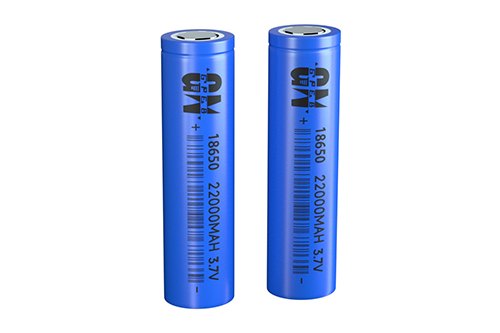
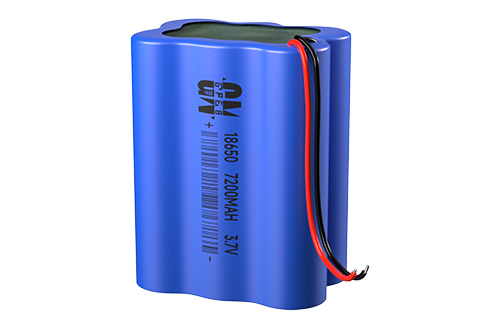

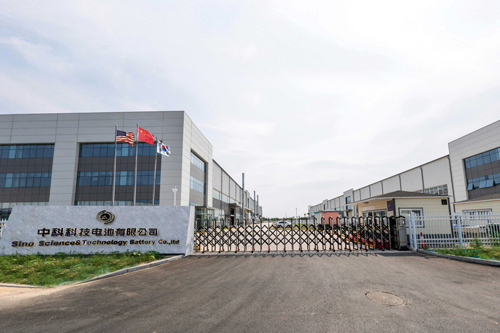

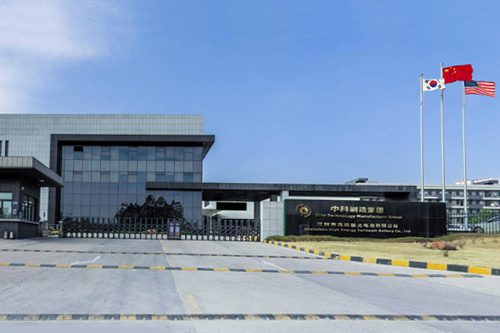

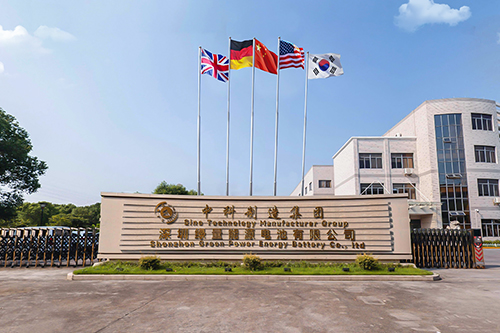

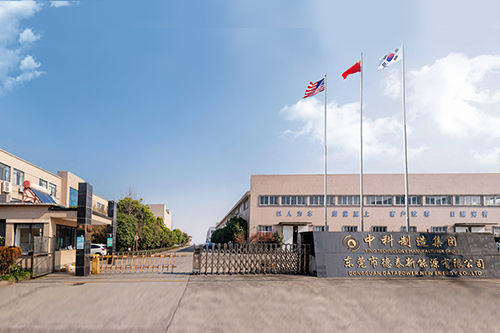

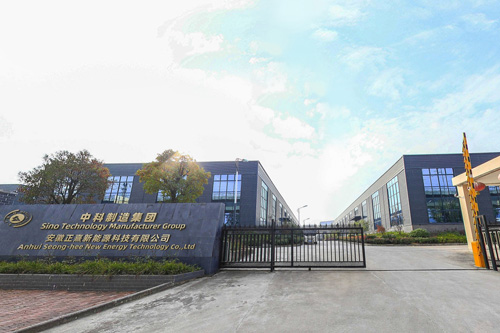

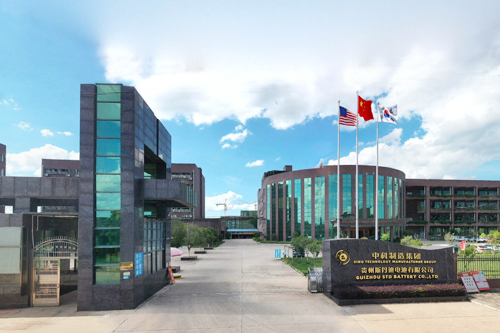



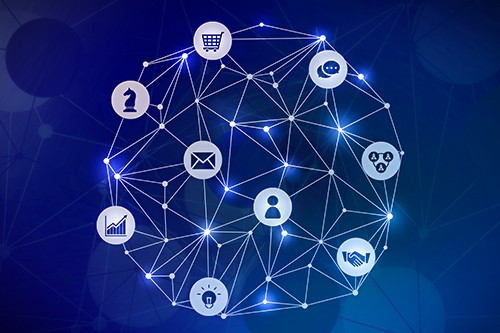


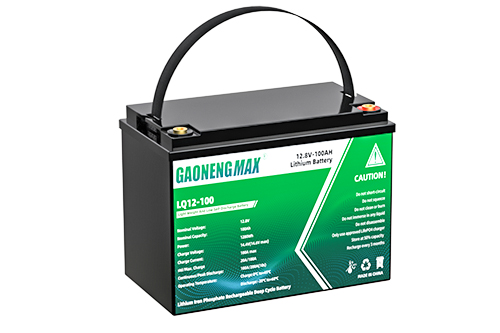
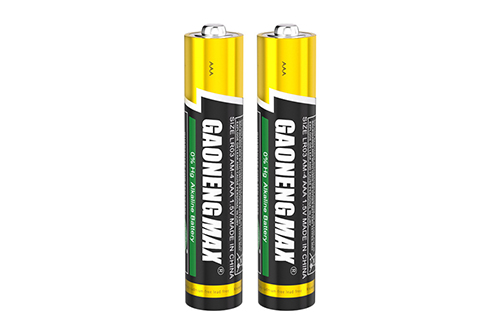

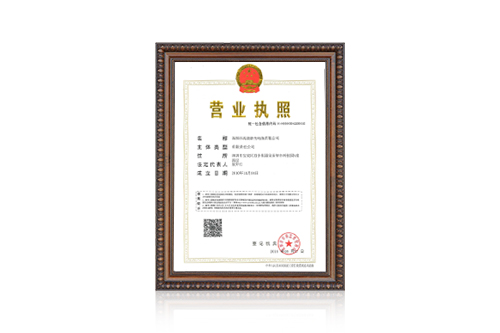
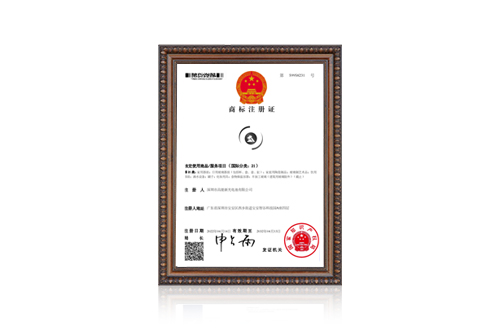
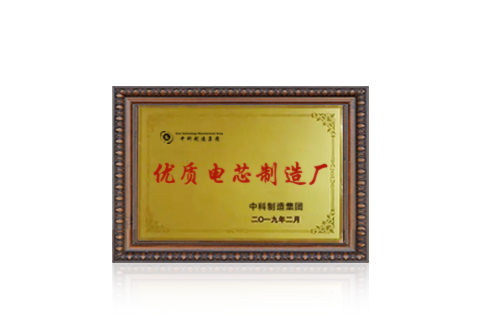

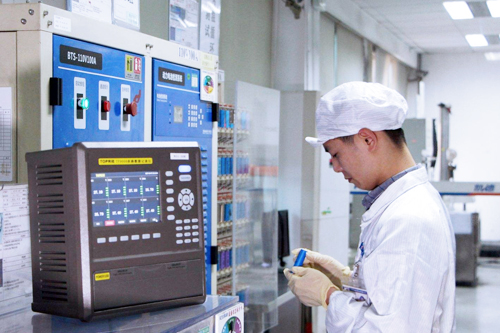
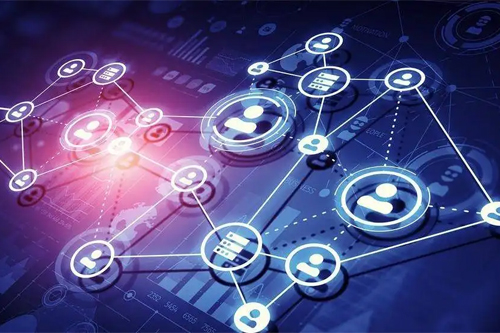














 360° FACTORY VR TOUR
360° FACTORY VR TOUR
 Whatsapp
Whatsapp
 Tel
Tel Email
Email TOP
TOP